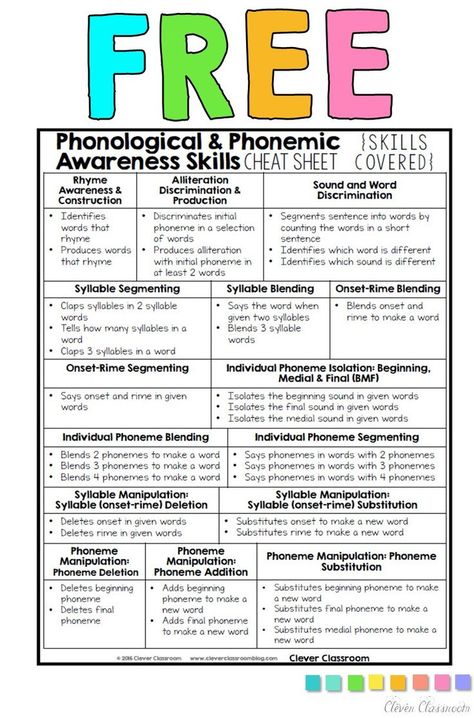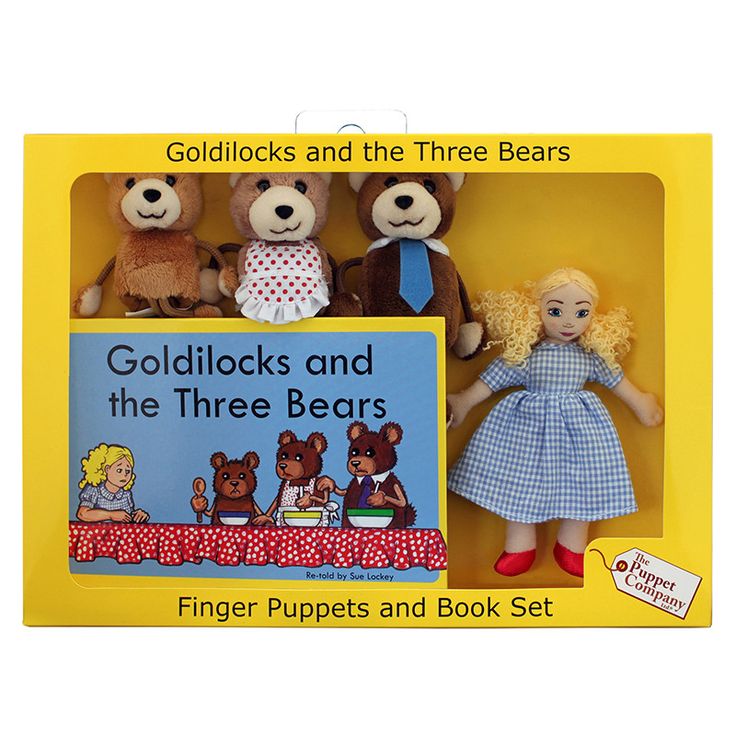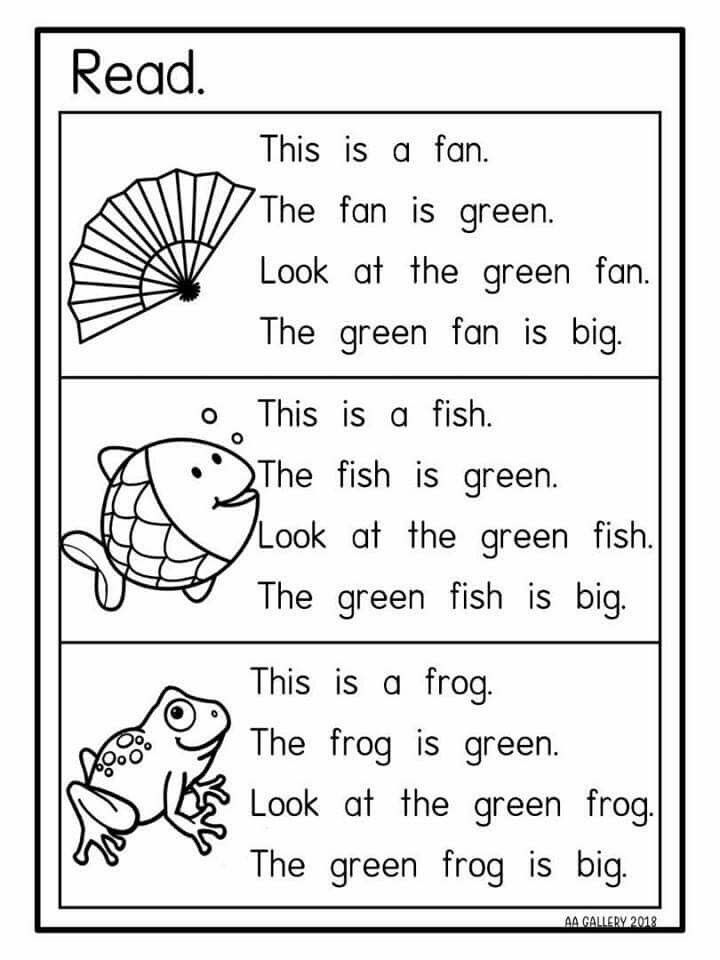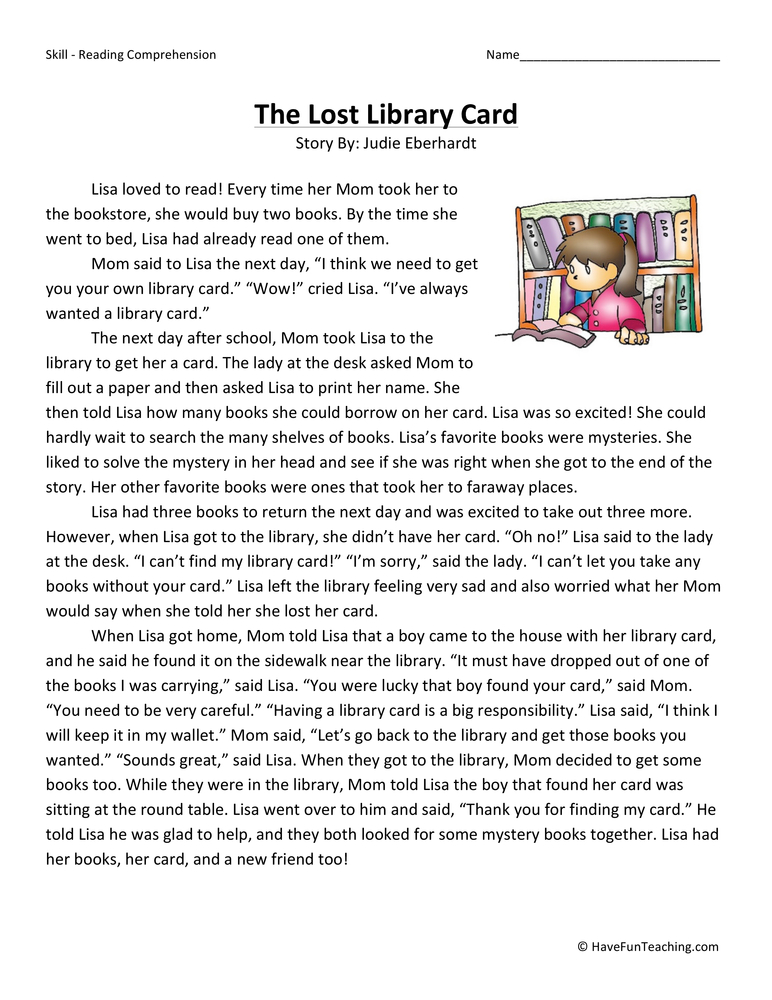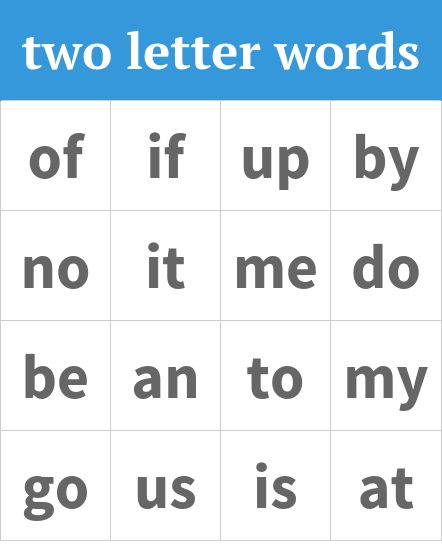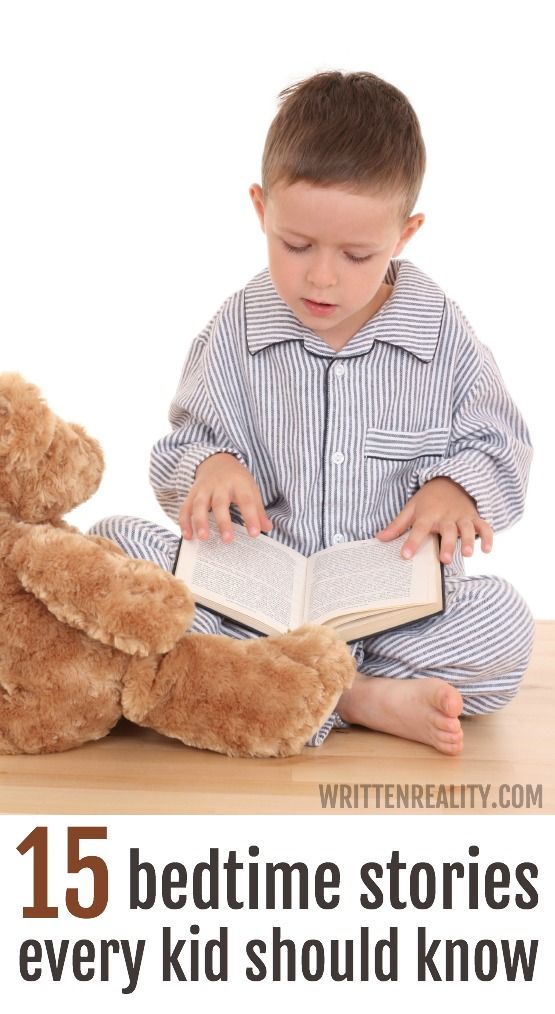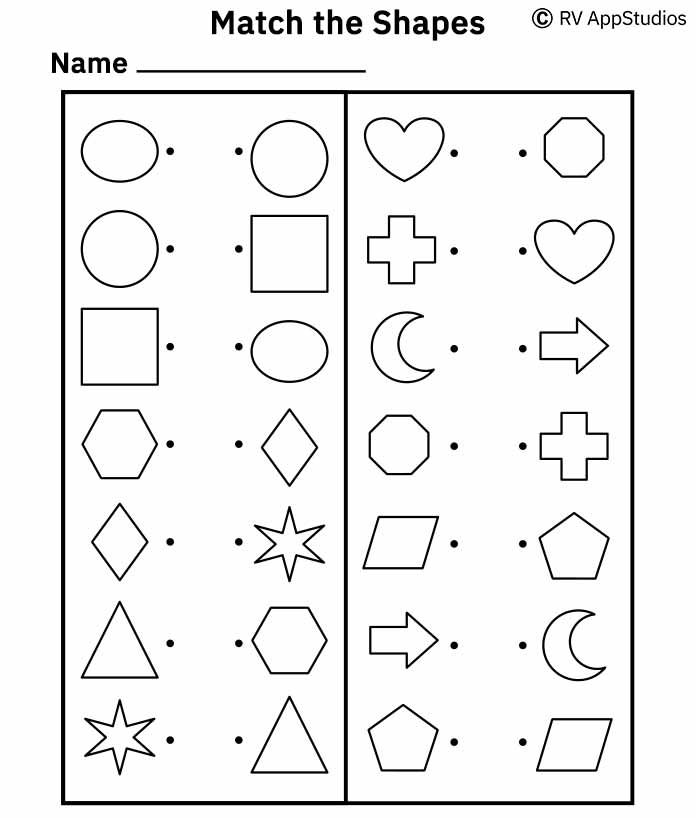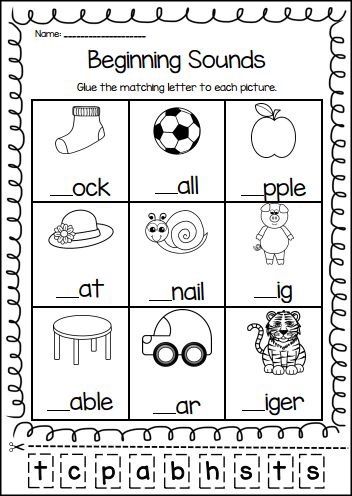When do toddlers say 3 syllable words
What Are Normal Speech Development Milestones For Your Child?
by Courtenay M.
When it comes to speech and language development in children, many parents wonder if their child’s language development is “normal”, or if he or she is achieving the recommended speech development milestones when he is supposed to. Speech and language milestones relate to the ability to understand words and sounds, and the ability to use speech and gestures to communicate what they want.
While most babies progress through roughly the same developmental milestones, speech and language milestones may be different. By the time your child enters Kindergarten, he will have an expansive repertoire of words and will know how to use language to get what he wants. The important thing to remember is there is a wide range of language and speech development that is considered normal. Early or later speaking abilities within that range does not link to your child’s intelligence.
While your pediatrician would be the best reference for your child, there are some general milestones that you can become familiar with as your child grows. These are by no means an entire list, rather, a few general developmental milestones to look for.
Before Age 2:
- Your child can usually recognize the names of familiar objects or family members.
- Uses gestures, such as pointing or waving good bye.
- She has a vocabulary of 50 words.
- Make one or two syllable sounds that stand for items they want, such as “bah bah” for bottle, or “da da” for dad.
- She can understand simple statements such as “give me”, or “all gone”.
By 2-3:
- Language is fairly well-developed and by three years, most children have a vocabulary of 300-400 words.
- You child can follow simple commands such as “Get the cup and bring it to me.”
- He or she can use 2 or 3 word strings to talk about and ask for things.
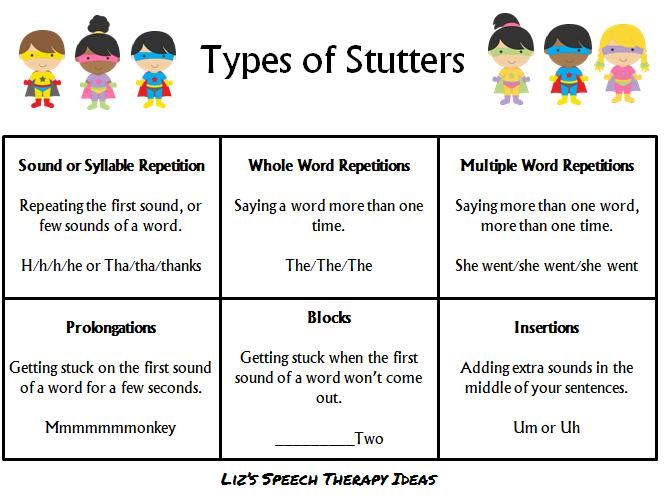
- Uses k, g, f, t, d and n sounds.
- Makes animal sounds such as “moo” or “oink”.
- Her speech is understood by familiar listeners most of the time, however some is still unintelligible
- Your child has increased attention span, he or she can sit for longer periods of time.
3-4 Years Old:
- Your child’s memory will begin to improve and he or she can recall recent events. She can use and understand up to 1500 words and is able to form 3-4 word sentences.
- Expect your child to be able to recognize gender differences, plurals, pronouns, adjectives and colors.
- He can learn to count to three.
- She will begin to ask “why” or “what”.
- Can follow three step instructions such as “wash your hands”, or “please come here”.
4-5 Years
- Your child’s vocabulary has increased to around words.
- He or she is able to form 4-6 word sentences and 3-4 syllable words.
- She can tell stories that stick to the topic.

- Says most sounds correctly except a few such as l, s, r, v, z, ch, sh and th.
- Communicates easily with other children and adults.
- He or she can begin to recite rhymes and songs from memory as well as begins to understand and enjoy jokes, riddles and silly songs.
If you feel your child’s speech development milestones are not being met, or she is not progressing as she should, you might consider talking to your pediatrician or a certified SLP to help you discern if early speech therapy is needed.
Here are a few of our favorite sources for additional information:
American Speech Language Hearing Association (ASHA)
US Department of Health and Human Services
Language DevelopmentSpeech Therapy Techniques
Tagged: communication milestones, communication skills, language development, Normal Development, parents' corner, speech and language development, speech milestonesChild Language Development
| Approximate Age | Expressive Language | Auditory Comprehension |
| 2 to 4 months | Verbal play through cooing, gooing and laughing.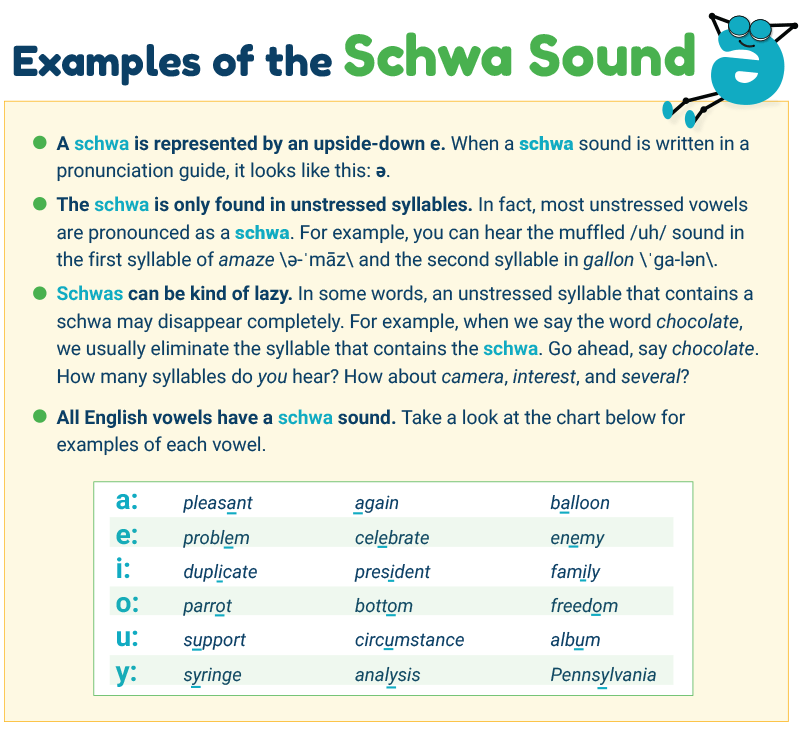 Vowel sounds
heard such as ooohh, eee, and ahhh. Vowel sounds
heard such as ooohh, eee, and ahhh.
|
Turns head toward sounds and can begin to discriminate one sound from another. |
| 4 to 8 months | Babbling begins. Some Consonant sounds can be heard. | Anticipates an event (e.g. peek-a-boo) and follows a line of regard (e.g. visually follows toy moving across floor) as well as joint attention (i.e. is capable of visually attending to object with caregiver). |
| 8 to 12 months | Syllable variation (e.g. badugatadudah). First word approximations (e.g. dada for daddy). Non-verbal communication. Jargon (i.e. unintelligible speech) is present. | Relates words with physical objects (e. g. understands that the
word “ball” actually means the object ball). Responds to simple phrases such as
“no”.
g. understands that the
word “ball” actually means the object ball). Responds to simple phrases such as
“no”.
|
| 1 to 2 years | 10-15 words at 18 months, 40-50 words at 24 months. Uses mostly nouns and pronoun me/mine. Jargon (i.e. unintelligible speech) still present. | Increased attention to toys. Changes behavior in response to comments made to him/her. Knows a few simple commands with gestures needed at times. Understands simple questions. Points to simple pictures. |
| 2 to 3 years | 150 words at age 2; 300-400 at age 3 years. Uses two-three word phrases frequently. Asks simple questions. Fluency can be poor. Jargon (unintelligible speech) mostly gone. Vowel sounds intact. | Comprehension shows rapid increase.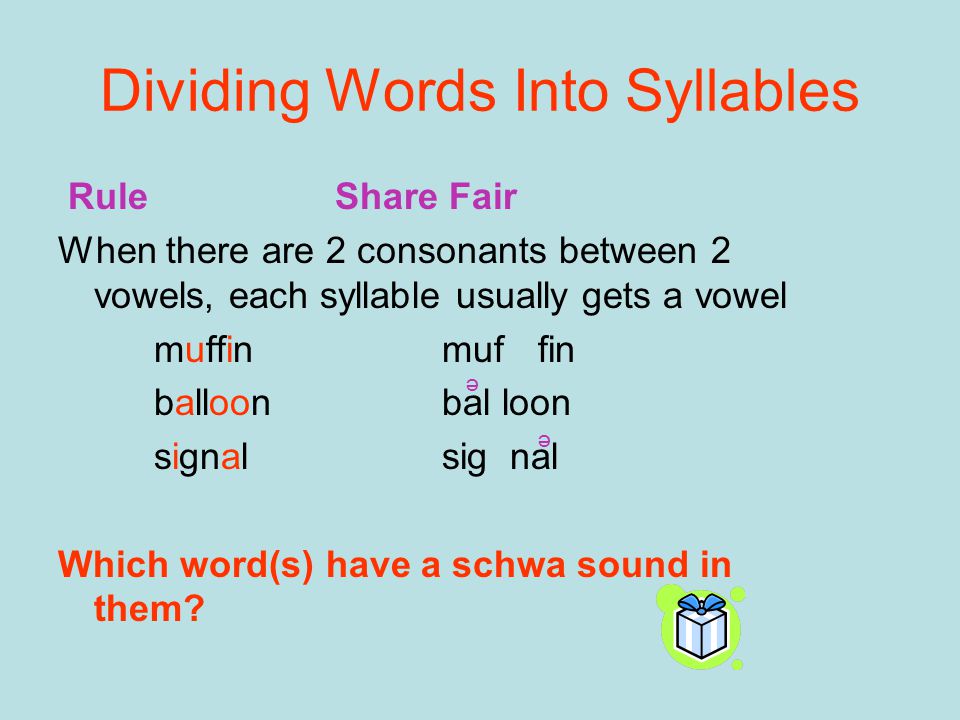 Responds to more 2 step
commands with prepositions (e.g. Pick up the ball and put it on the table). Responds to more 2 step
commands with prepositions (e.g. Pick up the ball and put it on the table).
|
| 3 to 4 years | Uses 600-1000 words and 3-4 word sentences. Pronouns and adjectives are used as well as some adverbs, prepositions, past tense and plurals. Answers what, where and when questions. | Understands 1500 words. Recognizes gender differences, plurals, pronouns, adjectives, and colors. |
| 4 to 5 years | Vocabulary increases to 1000-1600 words and 4-6 word sentences. 3-4 syllable words are being used. Articles appear. Uses more adjectives, adverbs and conjunctions. Fluency improving. | Comprehends 1500-2000 words. Understands if, because, why and
when.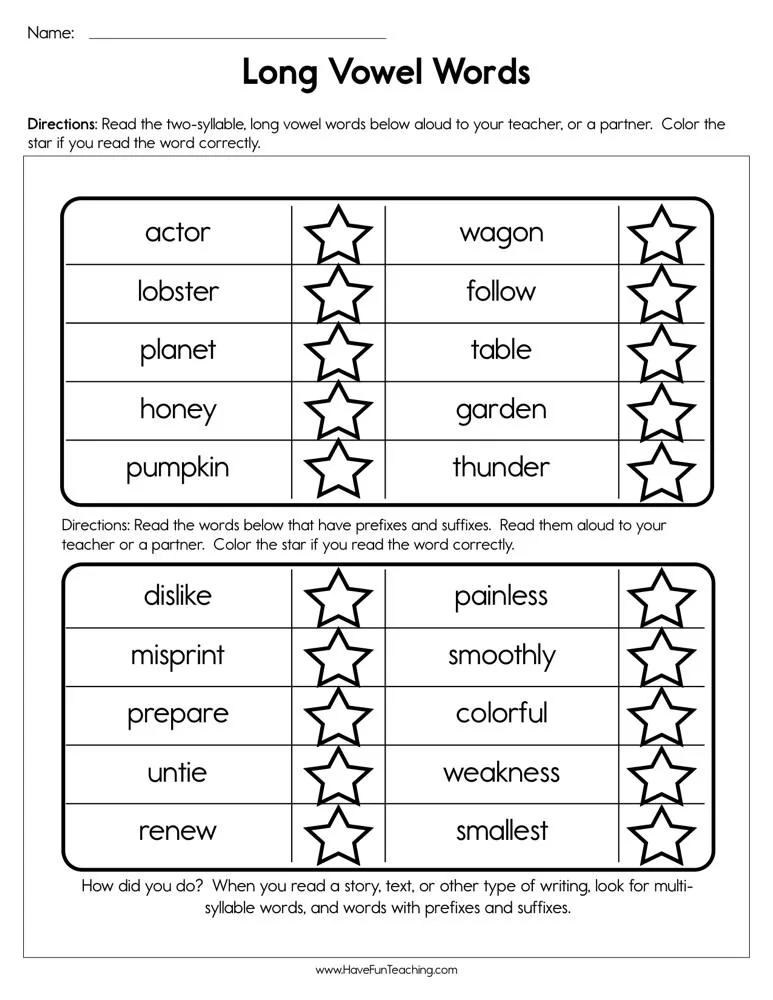 Follows complex directions. Follows complex directions.
|
| 5 to 6 years | Vocabulary of 1500-2100 words. Uses complete 5-6 word sentences. Fluent speech. Many multi-syllabic words are used. | Understands 2500-2800 words. Understands more complicated sentences. |
*It is important to note that this information depicts a general range of
development, and should only be used as a guide. If you have any concerns
regarding your child’s speech development, we recommend that you contact a
pediatrician or speech-language pathologist.
©2003 Talking Child™ http://www.talkingchild.com
Baby talk or It's time to see a speech therapist At first it looks funny. However, if even in simple words the child rearranges, skips, swaps syllables, the speech therapist will definitely tell the parents that there is a violation of the syllabic structure of the word.
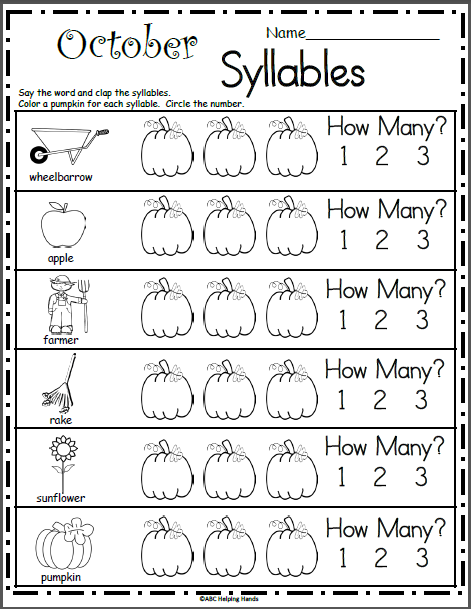 Today we are sorting out this problem with Natalia Kazantseva, a speech pathologist-defectologist from Kemerovo.
Today we are sorting out this problem with Natalia Kazantseva, a speech pathologist-defectologist from Kemerovo. - Natalya, how does the violation of the syllabic structure manifest itself?
- The simpler the words that the child pronounces with a distortion of the syllabic structure, the more severe the degree of such a violation. Here are examples. The child reduces, rearranges syllables, reduces the number of syllables in words that are simple in structure: instead of “fox”, for example, he says “sya” (two-syllable words consisting of two open syllables, such as goat, paws, kitty).
– And if the child says “isa” instead of the word “fox”?
- But this is no longer a violation of the syllabic structure. We see only a violation of sound pronunciation - it changes the sound [L] to the sound [I], but the syllabic structure of the word remains intact. Or, for example, “koyova” instead of “cow”, here the child replaces a sound that is difficult for him with a simpler one, and up to five years has every right to such a sound replacement, which has nothing to do with the distortion of the syllabic structure.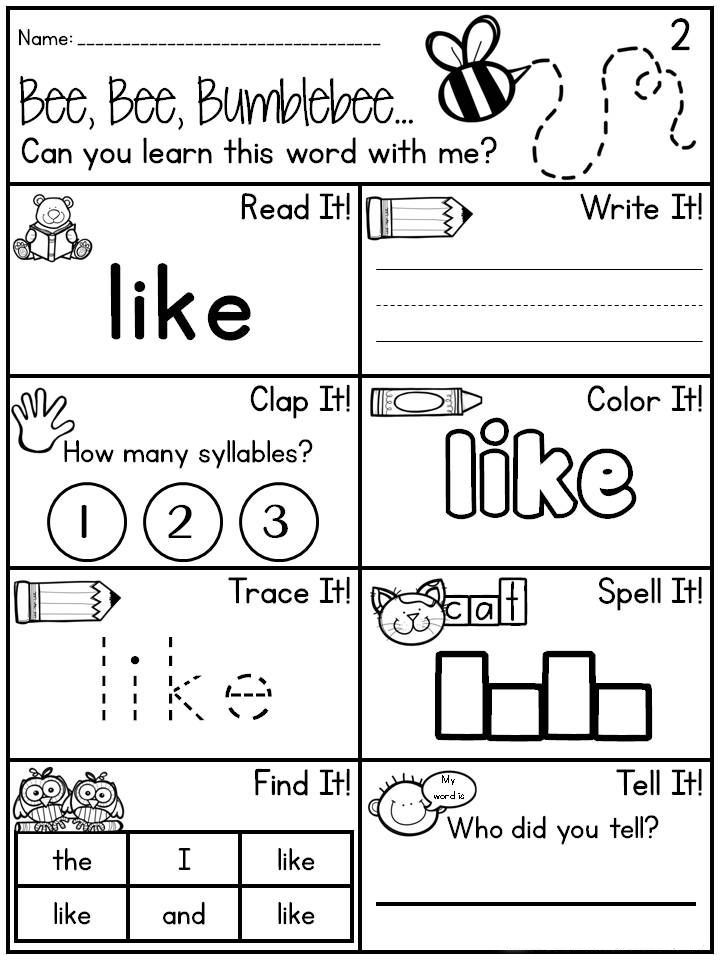
The child’s phrases may look like this: “Yes, drink you!”, “Ki bang”, “Meow yum lako” (Let me drink juice! The cat has fallen. The cat is drinking milk.) This state of speech indicates a severe degree of violation of the syllabic structure of the word, and if this is the speech of a child who is already three years old, you should contact a speech therapist.
– And how can a speech therapist help?
- He will conduct a course of classes in order to overcome violations of the syllabic structure of the baby. Often, even at the age of four, children make many mistakes in words that are more complex in structure, skipping simple sounds that, separately (in isolation), can easily and correctly pronounce.
– For example?
- For example, "kut" instead of "whip", "so" instead of "tank", "kes" instead of "cake" (monosyllabic words with consonants at the beginning or end of the word). Or “atobus” instead of “bus”, “asin” instead of “orange”, “kechik” instead of “grasshopper” (three-syllable words with a confluence of consonants and a closed syllable).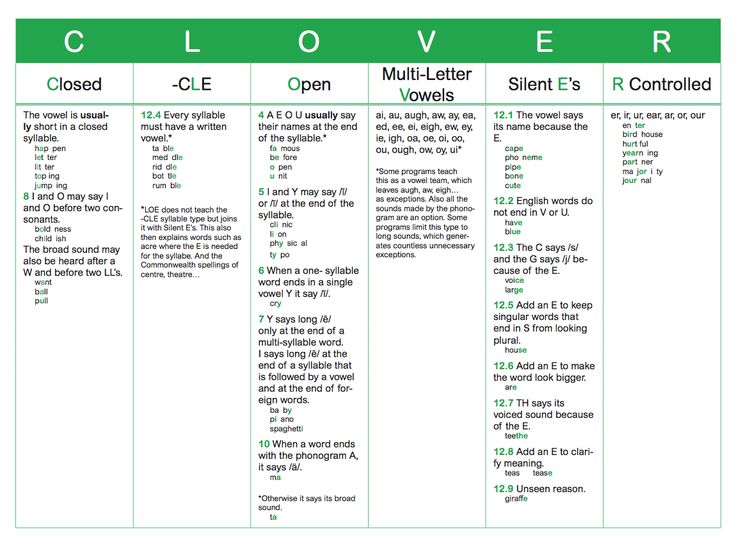 And also - “matyoshka” instead of “matryoshka”, “yapochka” instead of “light bulb” (three-syllable words with three consonant clusters). Here's another - "skovoda" or "skova" instead of "frying pan", "vesiped" instead of "bicycle" (four-syllable words with one or two consonant clusters).
And also - “matyoshka” instead of “matryoshka”, “yapochka” instead of “light bulb” (three-syllable words with three consonant clusters). Here's another - "skovoda" or "skova" instead of "frying pan", "vesiped" instead of "bicycle" (four-syllable words with one or two consonant clusters).
And then the child’s speech can sound like this:
“Machik got a bicycle”, “Grandma stings the leg of the horse”, “Atobus goes fast, and the turtle poses meden”, “A ken leaf fell on a falt” (The boy was given a bicycle. Grandmother fries a cutlet in a frying pan. The bus goes fast, and the turtle crawls slowly. The maple leaf has fallen on the asphalt.) Such a speech, it would seem, is already saturated with complex words, but many of them have permutations, losses or replacements of syllables.
– And this is sometimes not noticed by parents and close relatives…
– But in vain! After all, a well-formed syllabic structure is the key to the child’s subsequent competent reading and writing skills.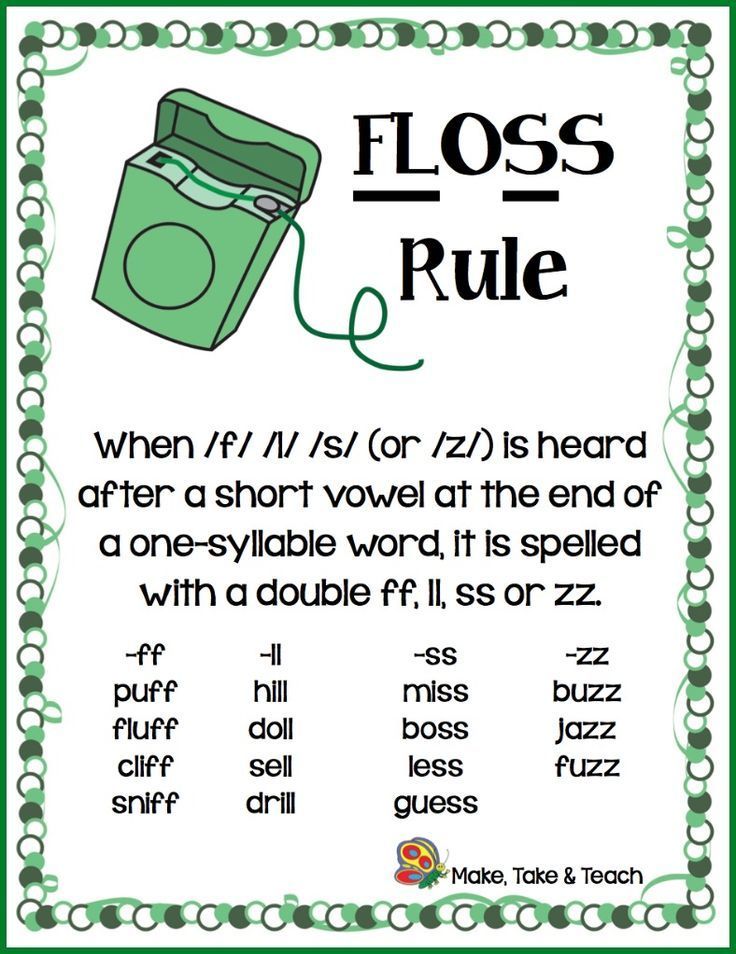 Persistent violations in the syllabic structure are one of the criteria that characterize OHP (general underdevelopment of speech). This means that such violations in the pronunciation of words should alert parents and become a reason for an urgent trip to a speech therapist.
Persistent violations in the syllabic structure are one of the criteria that characterize OHP (general underdevelopment of speech). This means that such violations in the pronunciation of words should alert parents and become a reason for an urgent trip to a speech therapist.
– Any specific advice for parents?
– There is a whole range of games and exercises to form a syllabic structure. At home, mom or dad can also help their child speak better. The main rule is to go from simple to complex.
- Suggest words with a simple syllabic structure first, eg goat, hand, houses, vase; cat, house, poppy; cow, rainbow These are words with open syllables, where the vowel always comes after the consonant, and the number of syllables increases from one to three. You can pick up pictures from children's books and talk with your child. And to make it more interesting, play the game “What is gone”, when four or seven pictures are laid out and after naming each one of the pictures is removed, and the kid guesses which picture is gone.
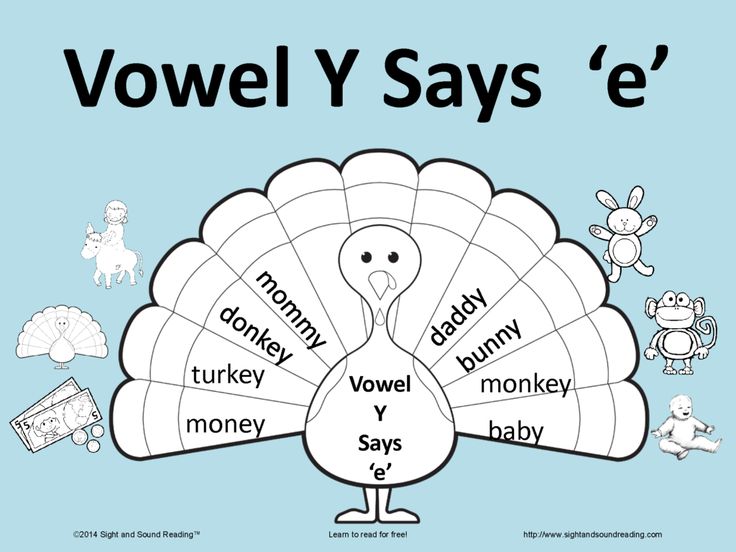
- You can make a simple and accessible game yourself, which will very clearly introduce the child to the syllabic structure of the word and teach him to pronounce words without missing syllables. You simply cut the appropriate pictures into as many parts as there are syllables in the given word. For example, a picture that shows "so-ba-ka" is cut into three parts. Then ask the child to first assemble the picture (which at the same time trains him in orientation in space), and then pronounce the word syllable by syllable, while simultaneously pressing on each part of which the picture is assembled.
The baby should do the same. Words gradually become more complicated: from simple ones (such as a goat, a hand, a shovel, a crow) we move on to more complex ones (such as a whip, a pond, a bank, a shelf, a banana, a broom, a pocket, a turtle, Pinocchio, an airplane, a monument, a bicycle, etc. .d.).
I advise you to look for similar games for preschoolers in stores, most often they are called: "Dividing words into syllables.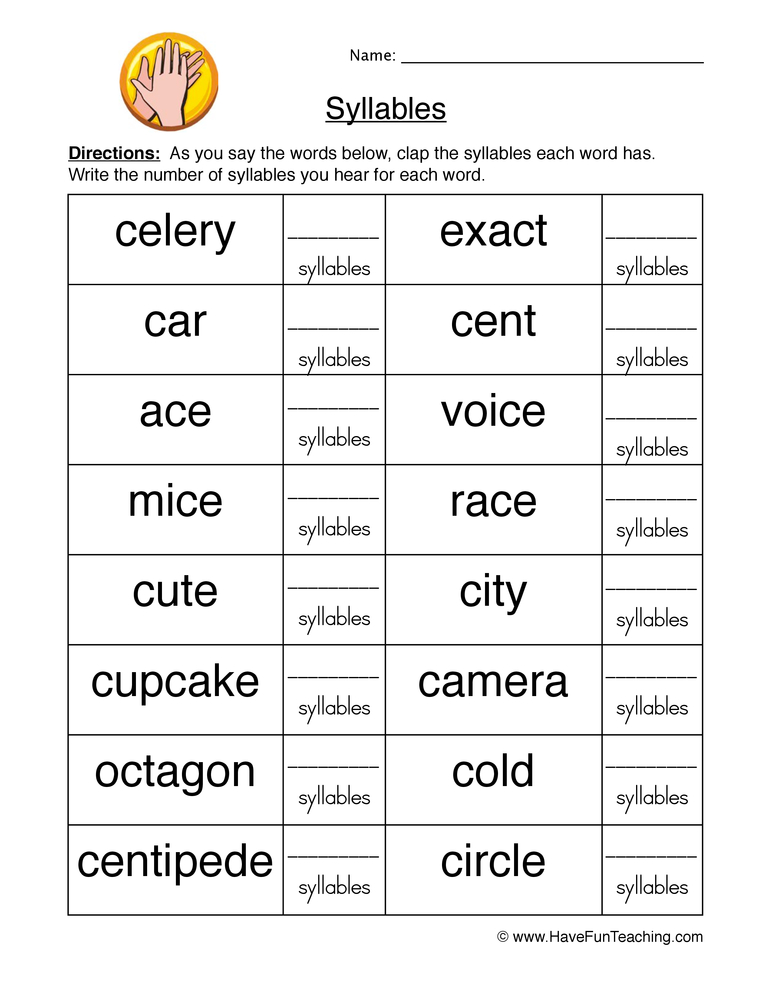 " The more game and visual material there is, the faster the child will learn the normal syllabic structure in words.
" The more game and visual material there is, the faster the child will learn the normal syllabic structure in words.
- Another good technique is to tap out the words to the rhythm of each syllable. That is, pronouncing the word “fox”, we clap twice and show the baby how to “slap” the word himself. You can knock on the table, clap your hands - it helps a lot to pronounce the word correctly. Then you can complicate the verbal material, also practicing in pronouncing more complex words with two or even three syllables, where two consonants meet side by side: cat, pen, fork, coat, drying; sausage, strip; bird cherry, soldier. And when these words are available, you can already work out the most difficult words in terms of syllabic content: frying pan, bicycle, traffic controller, policeman.
And one more piece of advice - when you are playing games with your child to normalize the syllabic structure of a word, do not pay attention to the incorrect pronunciation of sounds, if any. Don't comment on bad diction. This will only distract and upset the child. At this time, your goal is to teach you to speak words, observing the syllabic content. And sound pronunciation will be engaged in another time.
Don't comment on bad diction. This will only distract and upset the child. At this time, your goal is to teach you to speak words, observing the syllabic content. And sound pronunciation will be engaged in another time.
Norms of sounds in speech
And we don't speak R at the age of 5, is that normal?
“Mine doesn’t speak yet”
“But they told us that the hissing ones should already speak”
“Yes, the sounds will rise by themselves by the school! Or not??"
We all look forward to our baby's first word. Then the first phrase, and then, when he already growls and hisses.
Speech is one of the important indicators of the normal mental development of a child. Children comprehend the correct speech for a long time and gradually, for each age there is a developmental norm.
What, how and at what time should appear in the speech?
We answer and tell in detail in this article
0 – 1 months
The child’s speech consists of spontaneous speech vocalizations similar to the sounds: a, o, u, e, p, i, k, g, x
1 – 3 months
Cooing.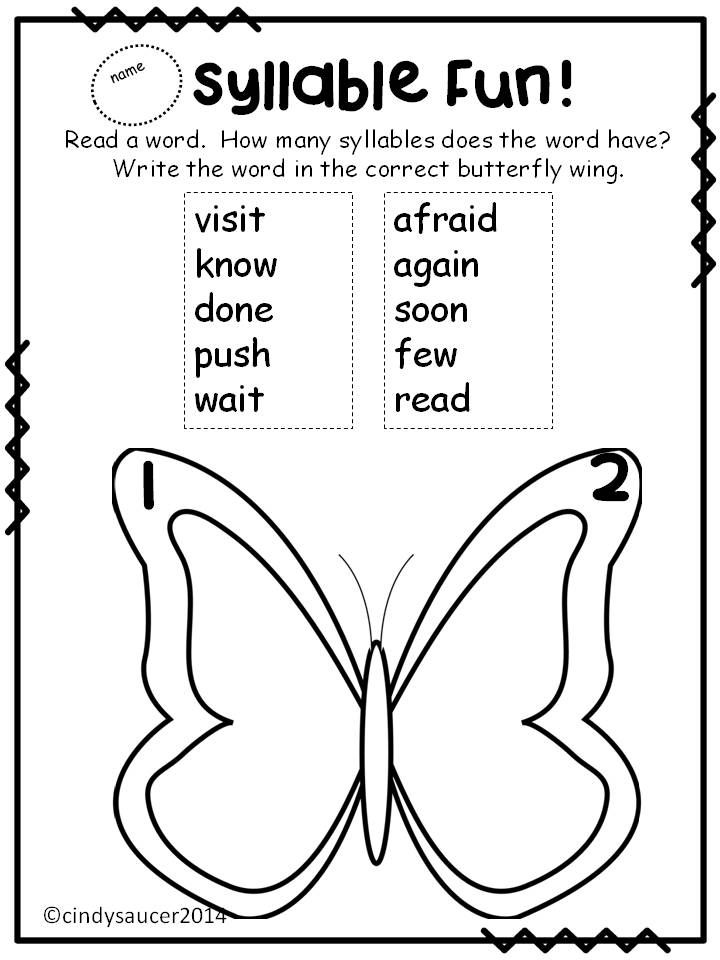 The child consciously pronounces many sounds and combinations: a -a-a, woo, a-gu, boo, ma . The child understands the pace, rhythm, tone of an adult's speech, reacts to the volume of speech and intonation.
The child consciously pronounces many sounds and combinations: a -a-a, woo, a-gu, boo, ma . The child understands the pace, rhythm, tone of an adult's speech, reacts to the volume of speech and intonation.
6 – 8 months
Babble. The child begins to pronounce separate syllables: ba, ma, ta, yes, yes-yes-yes, ta-ta-ta , etc. The kid actively imitates the adult, there is an active development of the articulatory apparatus, physical and phonemic hearing.
8 – 11 months
First babble words appear. The child pronounces chains of repeated syllables
11-15 months
First words . Speech comprehension develops. The child begins to associate words with objects and actions
15-18 months
The child understands the speech addressed to him well, follows simple instructions, shows familiar words in the picture without a gesture, knows parts of the body.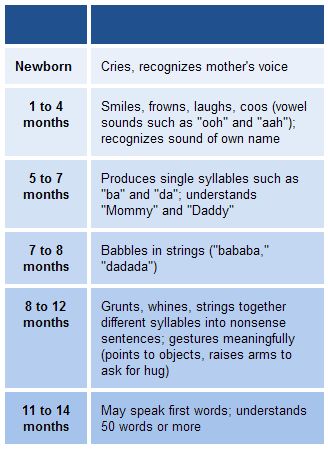 Vocabulary is growing.
Vocabulary is growing.
From 1.6 years old
The child begins to speak phrases and two-word sentences . Tries to pronounce three-syllable, four-syllable words, inserts individual words into poems, names pictures
2 – 3 years old
All vowel sounds are present in the child's speech and whistling sounds appear (С, С', З, З') . However, the pronunciation of many sounds is far from perfect, since the mobility of the muscles of the tongue and lips is not yet sufficiently developed. The passive and active vocabulary is rapidly replenished. By the age of 2, it reaches about 300 words, and by 3 - up to 1000 words. By the age of 3, children's sentences become complex with conjunctions "because", "or", "to".
First of all, children form sounds: a, o, y, i, e, p, m, t, e, b, n, c, k, d, x. Later sounds appear: s, s, z, w, w, u, f, c, h, d, l, p.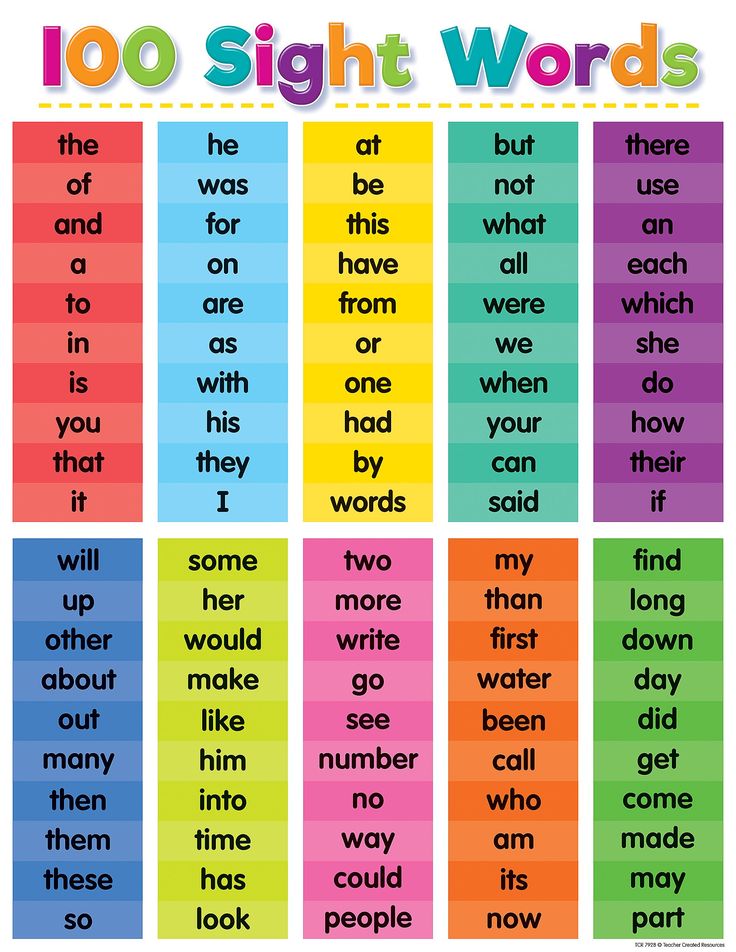
By age:
✅ By the age of 3-3.6 years , the child has sounds: s, z, while it is normal if there are defects in softening and stunning.
✅ By the age of 4-4.5 years sounds appear: w, w, w, h, z, softening and stunning defects should disappear.
✅ By the age of 5-5.5 years sounds appear: l, l', p, p'.
✅ By 6-7 years of age all sounds should be in speech.
This cannot be run because all errors in speech are transferred to writing.
Are the sounds normal?
Check out the detailed checklist
Answers to the most frequently asked questions
Of course, everything depends on the child's individual development trajectory and the indicators can be shifted by +/- six months. But not more! It is best to consult a speech therapist - he will tell you more precisely.
First of all, the child must clearly and correctly perceive the sounds of speech by ear (developed phonemic hearing) and have an articulatory apparatus sufficiently prepared for their pronunciation.